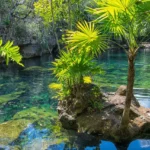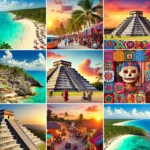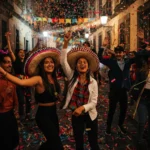Havana, the capital city of Cuba, is a vibrant fusion of history, culture, and natural beauty. From its colorful streets lined with colonial architecture to its dynamic art scenes and picturesque coastline, Havana is a treasure trove of experiences for travelers. In this comprehensive guide, we’ll delve into the must-visit attractions of Havana, offering insights into each location’s historical and cultural significance.
Old Havana (Habana Vieja)

Old Havana, a UNESCO World Heritage site, is the heart and soul of Havana’s historical narrative. This area is a mosaic of architectural styles, from Baroque to Neoclassical, each building telling a story of the city’s past. The cobbled streets, bustling plazas, and vibrant murals create an atmosphere that feels like stepping back in time. Visitors can explore famous landmarks such as the Plaza de Armas, the Catedral de San Cristóbal, and the Palacio de los Capitanes Generales. Each corner of Old Havana reveals layers of history, from Spanish colonialism to the Cuban Revolution, making it a compelling destination for history buffs and culture enthusiasts alike.
El Malecón
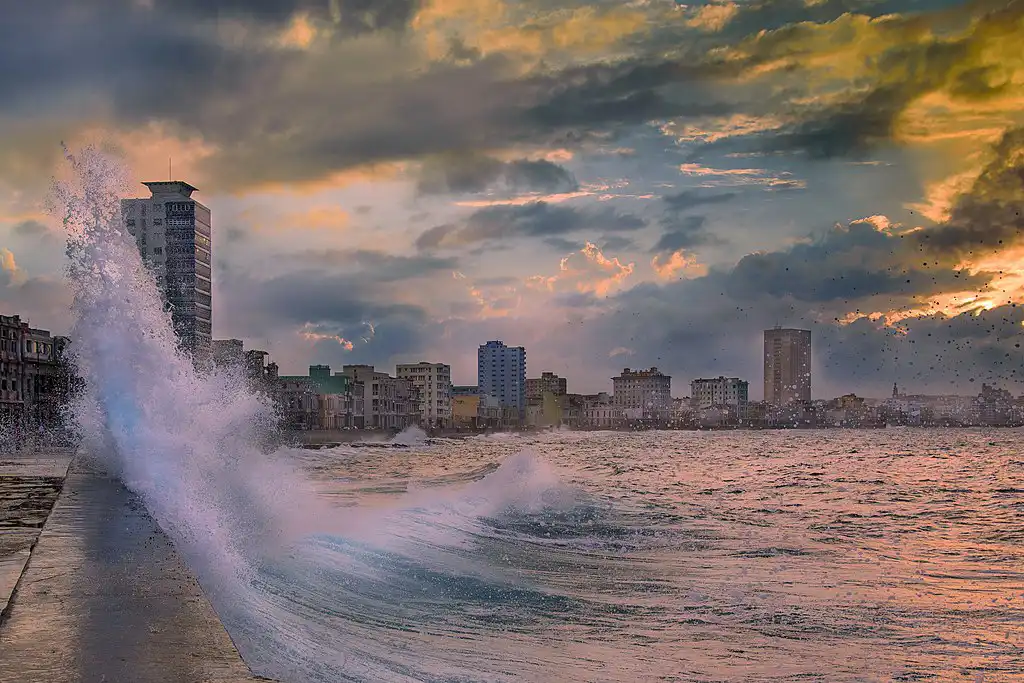
El Malecón, a five-mile-long promenade along the sea, is more than just a scenic walkway. It’s a symbol of Havana’s spirit, offering stunning ocean views on one side and a showcase of architectural grandeur on the other. This esplanade is a popular spot for both locals and tourists, especially during sunset when the sky paints a picturesque backdrop against the cityscape. The Malecón is not only a place for leisure but also a canvas for social and cultural interactions, reflecting the city’s dynamic and resilient character.
Plaza Vieja and Plaza de la Catedral
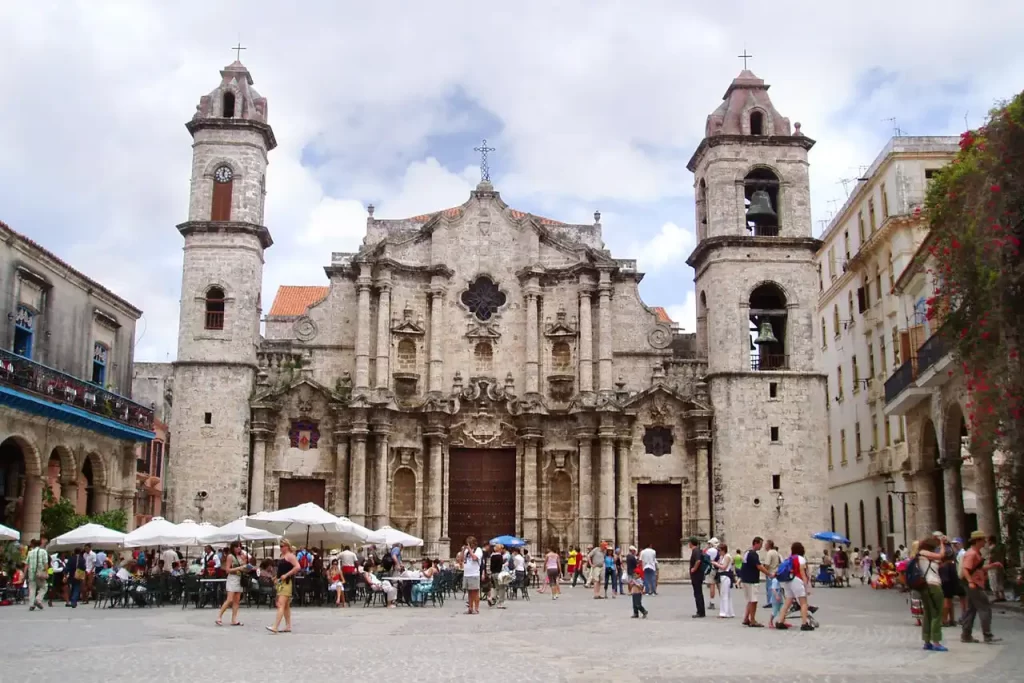
These two historic squares are the epitome of Havana’s colonial charm. Plaza Vieja, known for its eclectic mix of architectural styles, has been a witness to Havana’s evolving history, serving various purposes over the centuries. Today, it’s a lively spot with cafes, art galleries, and music filling the air. Plaza de la Catedral, on the other hand, is home to the stunning Catedral de La Habana. The square is surrounded by impressive colonial buildings, offering a glimpse into the city’s grandeur during the Spanish rule. Both plazas are essential stops to experience Havana’s rich cultural tapestry.
Fusterlandia

Fusterlandia, a unique artistic neighborhood in Havana, is the brainchild of local artist José Fuster. Often likened to Barcelona’s Park Güell, Fusterlandia is a fantastical realm of mosaics, sculptures, and paintings. This imaginative and colorful world is a testament to Fuster’s vision and talent, transforming a regular neighborhood into a vibrant art installation. Visitors can wander through streets adorned with elaborate tile works, experiencing a whimsical side of Havana that celebrates creativity and community spirit.
Castillo de la Real Fuerza

The Castillo de la Real Fuerza is one of the oldest fortresses in the Americas, dating back 500 years. It’s a striking example of military architecture and offers a deep dive into Cuba’s colonial history. Inside, treasures from sunken ships and historical artifacts are displayed, telling stories of piracy and naval battles. The fortress also offers panoramic views of Havana, making it a must-visit for history enthusiasts and photographers alike.
Catedral de La Habana

As the largest Catholic cathedral in Cuba, Catedral de La Habana is an architectural marvel. Designed by Italian architect Francesco Borromini, the cathedral’s baroque façade, bell towers, and intricate friezes are awe-inspiring. The interior is equally magnificent, with beautiful frescoes and an imposing altar. A visit to this cathedral offers a glimpse into the religious and architectural heritage of Cuba.
La Bodeguita del Medio

La Bodeguita del Medio is not just a bar; it’s a cultural landmark. Famed for its association with Ernest Hemingway, this establishment is where you can sip on a traditional Cuban mojito and soak in an atmosphere steeped in literary history. The walls, adorned with signatures of famous visitors, add to the charm and legacy of this iconic spot.
Classic Car Tours
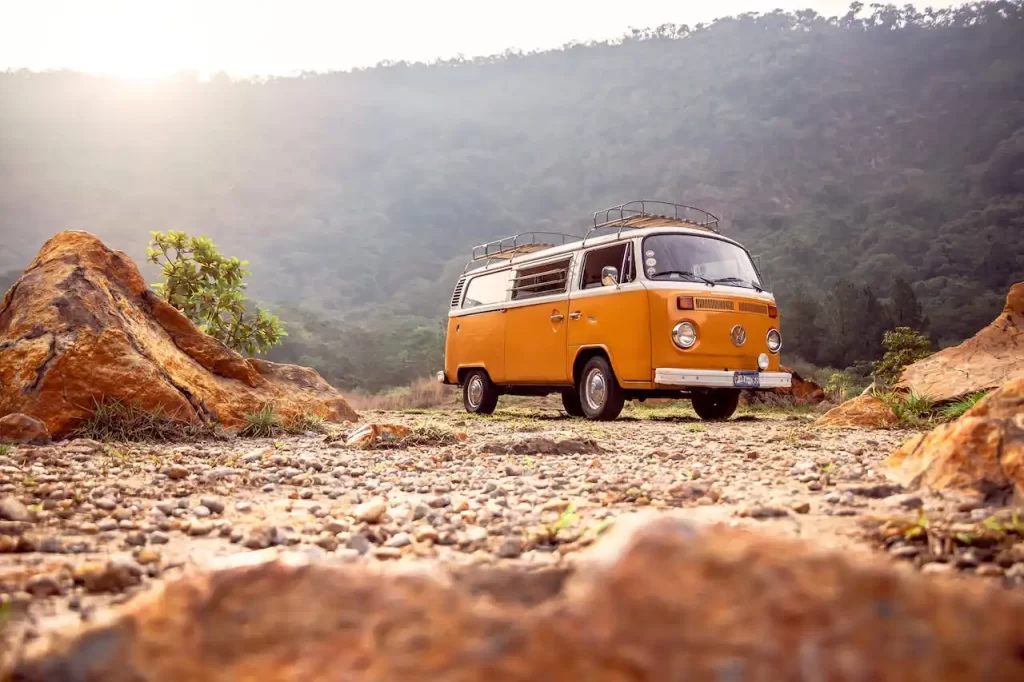
Exploring Havana in a classic 1950s convertible is a quintessential Cuban experience. These tours offer a unique perspective of the city’s landmarks, colonial fortresses, and scenic vistas. Riding in these vintage cars is not just about sightseeing; it’s about reliving a bygone era and experiencing Havana’s timeless charm.
Museo Nacional de Bellas Artes
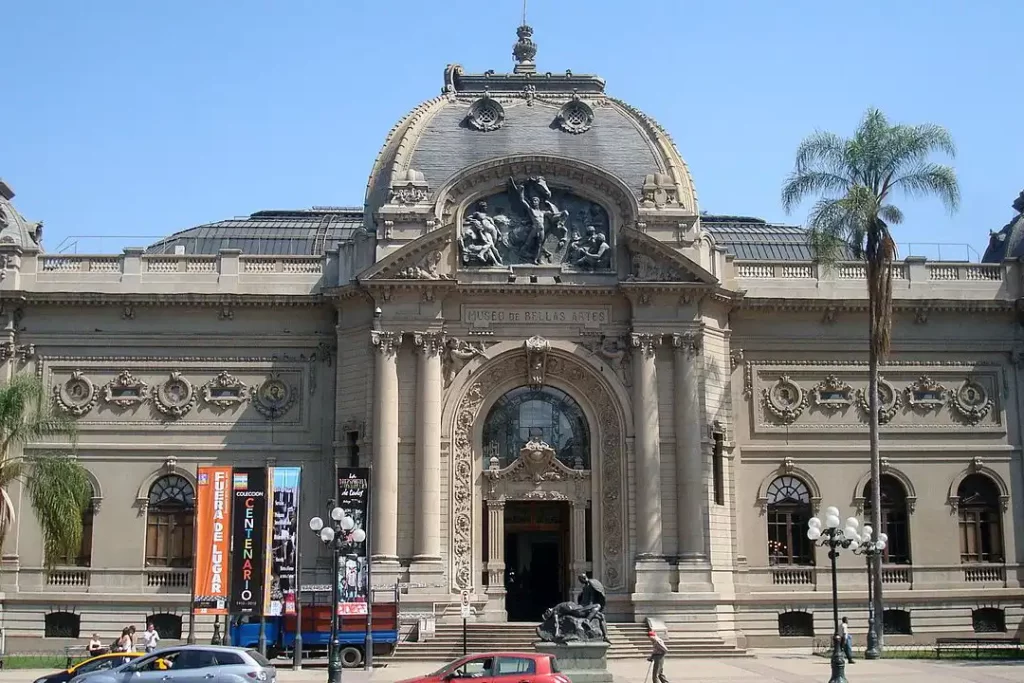
Art lovers will find a haven in the Museo Nacional de Bellas Artes. This museum boasts an extensive collection spanning from Cuban art to European masterpieces. The highlights include ancient art pieces and a wide array of paintings, prints, and sculptures, providing a comprehensive overview of Cuba’s artistic heritage. The museum’s two buildings, the Palacio del Centro Asturiano and the Palacio de Bellas Artes, each offer distinct collections. The former showcases European art masters and ancient art, from Egyptian to Roman ages, while the latter is dedicated to Cuban art from the 17th century to the present day. This museum is a testament to Cuba’s rich artistic legacy and a must-visit for anyone interested in the visual arts.
Playas del Este

A short drive from Havana’s bustling city center, Playas del Este offers a serene escape with its long stretches of palm-fringed beaches. This area is an excellent alternative for travelers looking to enjoy the sea without venturing too far from the city. With various sections like Santa Maria del Mar and Guanabo, visitors can enjoy sunbathing, swimming, and a variety of beachside activities. The area is also equipped with hotels, restaurants, and tourist facilities, making it a convenient spot for a day trip or a relaxing beach day.
Fortaleza de San Carlos de la Cabana
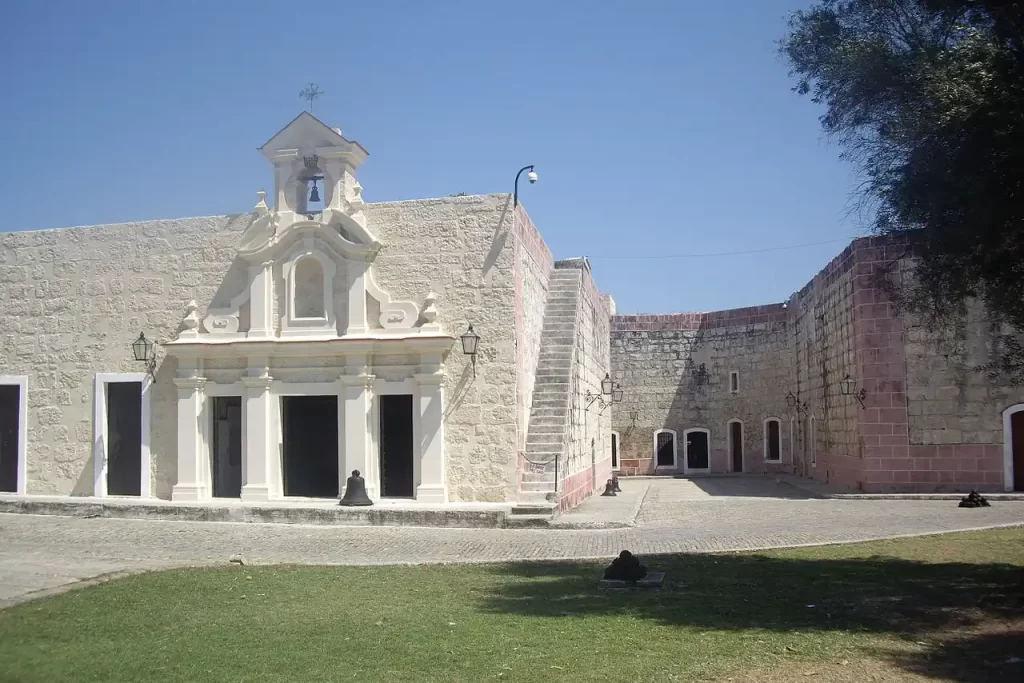
The Fortaleza de San Carlos de la Cabana, commonly known as La Cabana, is a massive 18th-century fortress that offers a rich historical experience. It played significant roles during various periods in Cuban history, including as a military prison and later as Che Guevara’s headquarters. Today, it houses museums and offers spectacular views over Havana and the sea. A highlight is the nightly Ceremonia del Cañonazo, a reenactment of a cannon-firing ceremony in historical costumes, adding a unique touch to the visitor’s experience.
Tropicana Show
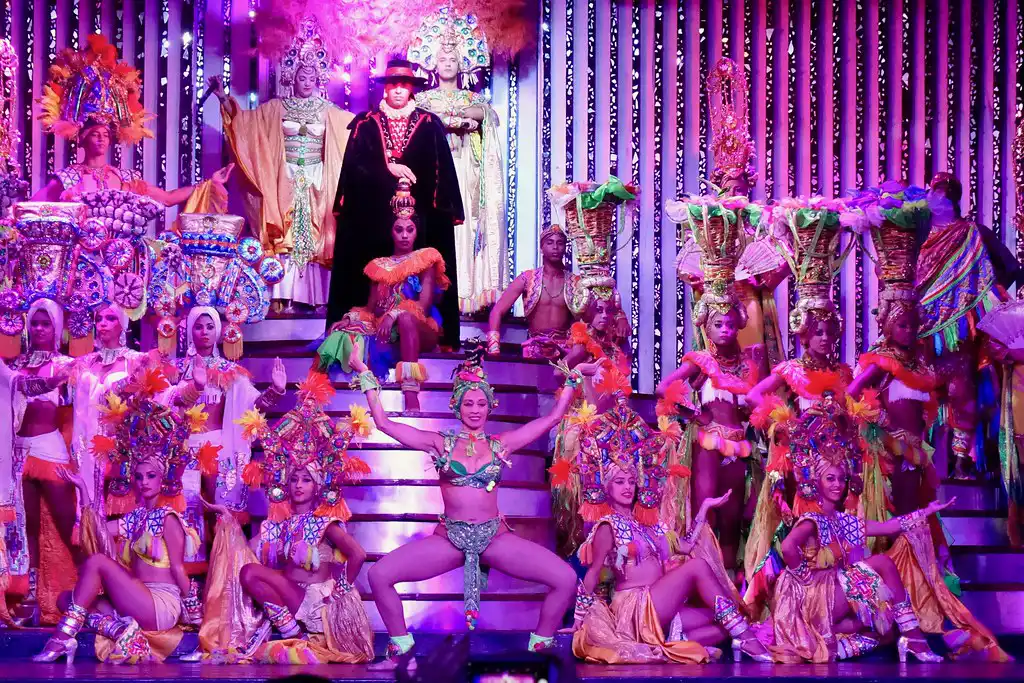
The Tropicana cabaret show is a spectacle of Cuban culture, featuring vibrant performances with elaborate costumes, music, and dance. This iconic show, reminiscent of Havana’s glamorous past, offers a glimpse into the city’s lively entertainment scene. It’s a must-visit for those seeking an evening of dazzle and excitement, capturing the essence of Cuban nightlife.
Frequently Asked Questions (FAQs)
- What is the best time to visit Havana?
- The best time to visit Havana is from November to April when the weather is warm and dry.
- Is it safe to travel to Havana?
- Havana is generally safe for travelers, but it’s always advisable to take standard safety precautions like avoiding deserted areas at night and keeping valuables secure.
- Can I use credit cards in Havana?
- Due to financial restrictions, many places in Havana do not accept credit cards. It’s advisable to carry cash, preferably in Cuban Pesos or Euros.
- What are some must-try Cuban foods in Havana?
- Traditional Cuban dishes to try include Ropa Vieja (shredded beef), Moros y Cristianos (rice and black beans), and Tostones (fried plantains).
- How do I get around in Havana?
- Havana can be explored on foot, especially in Old Havana. For longer distances, taxis, classic car tours, and bus services are available.







